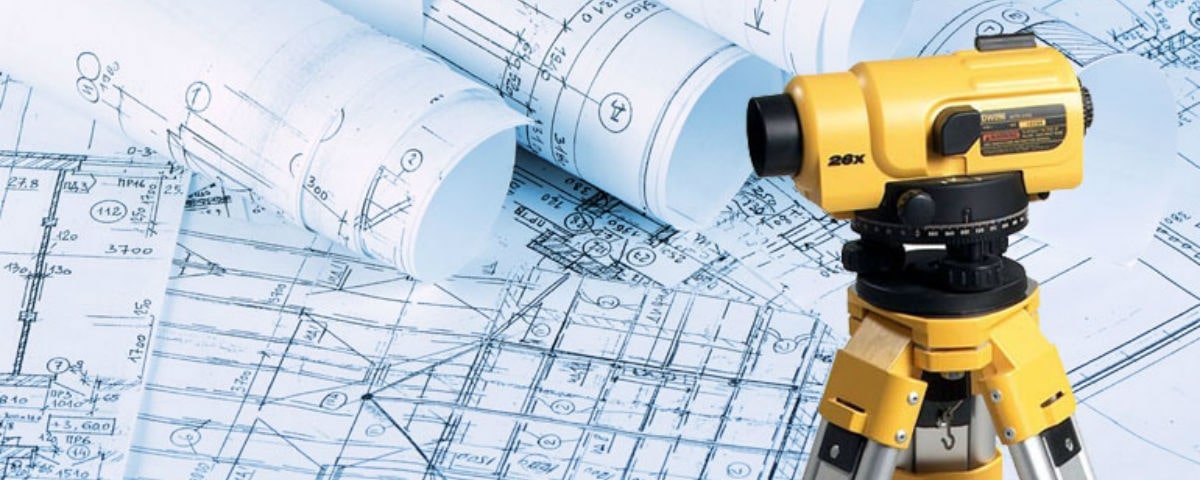
Опыт работы:Work experience:Faoliyat tajribamiz: СкачатьDownloadYuklab olish
Другие услугиOther servicesBoshqa xizmatlarimiz
- Промышленная безопасностьIndustrial SafetySanoat xavfsizligi
- Испытательная лаборатория неразрушающего контроля (Деятельность приостановлена)Non Destructive Testing (NDT) LaboratoryYemirmaydigan Nazorat Sinov Laboratoriyasi
- Разработка экологических документовDevelopment of Environmental DocumentsEkologik xujjatlarni ishlab chiqish
- Экологический мониторингEnvironmental MonitoringEkologik monitoring
- ДЗЗ и ГИСRemote Sensing and GISYerni masofadan zondlash va gis
- Геодезия и топографияGeodesy and TopographyGeodeziya va topografiya
Геодезия и топографияGeodesy and TopographyGeodeziya va topografiya
Инженерные изыскания являются неотъемлемой частью любого строительного проекта и включают в себя сбор и анализ информации о рельефе местности и состоянии недр на территории проекта. Существуют различные виды инженерных изысканий, и каждый из них имеет свой специфический набор целей и процедур. В данном тексте мы рассмотрим два вида инженерных изысканий: инженерно-геодезические и инженерно-геологические изыскания.
 .
. 
Инженерно-геодезические изыскания включают в себя сбор и обработку материалов топографической съемки. Сюда входит создание планово-высотной основы, топографическая съемка и съемка подземных коммуникаций. Полевые работы являются важнейшим аспектом инженерно-геодезических изысканий, поскольку они включают сбор данных о местности и таких объектах, как здания, дороги и другие объекты инфраструктуры. Собранные данные затем обрабатываются в офисе для создания топографических планов, которые служат основой для проектирования строительства. Последним шагом является подготовка технического отчета, в котором излагаются выводы и рекомендации, основанные на результатах исследования.
Инженерно-геологические изыскания сосредоточены на изучении геологических свойств территории проекта. Это включает в себя сбор и обработку материалов прошлых изысканий, проведение рекогносцировочных исследований, бурение скважин, проведение геофизических и гидрогеологических исследований. Также проводятся полевые исследования химических и физических свойств почв, чтобы понять прочность и состав почвы. Стационарные наблюдения проводятся для отслеживания изменений геологических условий во времени, а лабораторные исследования почв, грунтовых и поверхностных вод проводятся для лучшего понимания рельефа местности. Результаты этих исследований используются для прогнозирования изменений инженерно-геологических условий и создания геологических разрезов и колонок скважин. Затем составляется технический отчет, в котором излагаются выводы и рекомендации по результатам изысканий.
Инженерные изыскания необходимы для любого строительного проекта, и различные виды изысканий решают разные задачи и требуют сочетания полевых работ и камеральной обработки материалов для создания комплексных отчетов, которые служат первичной исходной информацией при проектировании объектов.
Engineering surveys are an integral part of any construction project and include the collection and analysis of information about the terrain and the state of the subsoil in the project area. There are different types of engineering surveys, and each has its own specific set of objectives and procedures. In this text, we will consider two types of engineering surveys: engineering geodetic and engineering geological surveys.
 .
. 
Engineering and geodetic surveys include the collection and processing of topographic survey materials. This includes the creation of a planned-altitude base, topographic survey and survey of underground utilities. Field work is a critical aspect of engineering surveys because it involves the collection of data about the terrain and features such as buildings, roads, and other infrastructure. The collected data is then processed in the office to create topographic plans, which serve as the basis for building design. The final step is to prepare a technical report that outlines conclusions and recommendations based on the results of the study.
Engineering and geological surveys are focused on the study of the geological properties of the project area. This includes the collection and processing of past survey materials, reconnaissance studies, well drilling, geophysical and hydrogeological surveys. Field studies of the chemical and physical properties of soils are also conducted to understand soil strength and composition. Stationary observations are carried out to track changes in geological conditions over time, while laboratory studies of soils, groundwater and surface water are conducted to get a better understanding of the terrain. The results of these studies are used to predict changes in engineering and geological conditions and create geological sections and columns of wells. A technical report is then drawn up, which sets out the conclusions and recommendations based on the results of the survey.
Engineering surveys are essential for any construction project, and different types of them solve different problems and require a combination of field work and office processing of materials to create comprehensive reports that serve as primary source information for the objects designing.
Muhandislik tadqiqotlari har qanday qurilish loyihasining ajralmas qismi bo‘lib, loyiha hududidagi relef va yer qa’rining holati to‘g‘risidagi axborotni to‘plash va tahlil qilishni o‘z ichiga oladi. Muhandislik izlanishlarning har xil turlari mavjud va ularning har biri o‘ziga xos maqsad va tartibotlar to‘plamiga ega. Ushbu matnda muhandislik izlanishlarining ikki turini: muhandislik-geodeziya va muhandislik-geologik izlanishlarini ko‘rib chiqamiz.
 .
. 
Muhandislik-geodeziya izlanishlari topografik suratga olish materiallarini yig‘ish va qayta ishlashni o‘z ichiga oladi. Bunga reja-balandlik negizini yaratish, topografik suratga olish va yer osti inshootlarini suratga olish kiradi. Dala ishlari muhandislik izlanishlarining eng muhim jihati hisoblanadi, chunki u hudud va binolar, yo‘llar va infratuzilmaning boshqa ob’ektlari to‘g‘risidagi ma’lumotlarni to‘plashni o‘z ichiga oladi. Keyin to‘plangan ma’lumotlar qurilishni loyihalash uchun asos bo‘lib xizmat qiladigan topografik rejalarni tuzish uchun ofisda qayta ishlanadi. Tadqiqot natijalariga asoslangan xulosa va tavsiyalarni aks ettiruvchi texnikaviy hisobotni tayyorlash yakuniy bosqich hisoblanadi.
Muhandislik va geologik tadqiqotlar loyiha hududining geologik xususiyatlarini
o‘rganishga qaratilgan. Bularning sirasiga o‘tgan izlanish materiallarini
yig‘ish va qayta ishlash, rekognossirov tadqiqotlarini o‘tkazish, quduqlarni
burg‘ulash, geofizik va gidrogeologik tadqiqotlarni amalga oshirish kiradi.
Tuproqning mustahkamligi va tarkibini tushunish uchun tuproqlarning kimyoviy va
fizik xususiyatlarini dala tadqiqotlari ham olib boriladi. Statsionar
kuzatishlar vaqt o‘tishi bilan geologik sharoitlarning o‘zgarishini kuzatish
uchun, tuproq, yer osti va yer usti suvlarining laboratoriya tadqiqotlari esa
hudud relefni yaxshiroq tushunish uchun olib boriladi. Ushbu tadqiqotlar
natijalari muhandislik-geologik sharoitlarning o‘zgarishini bashorat qilish va
quduqlarning geologik kesimlari va ustunlarini yaratish uchun ishlatiladi.
So‘ng texnikaviy hisobot tuziladi, unda izlanish natijalariga ko‘ra xulosalar
va tavsiyalar bayon etiladi.
